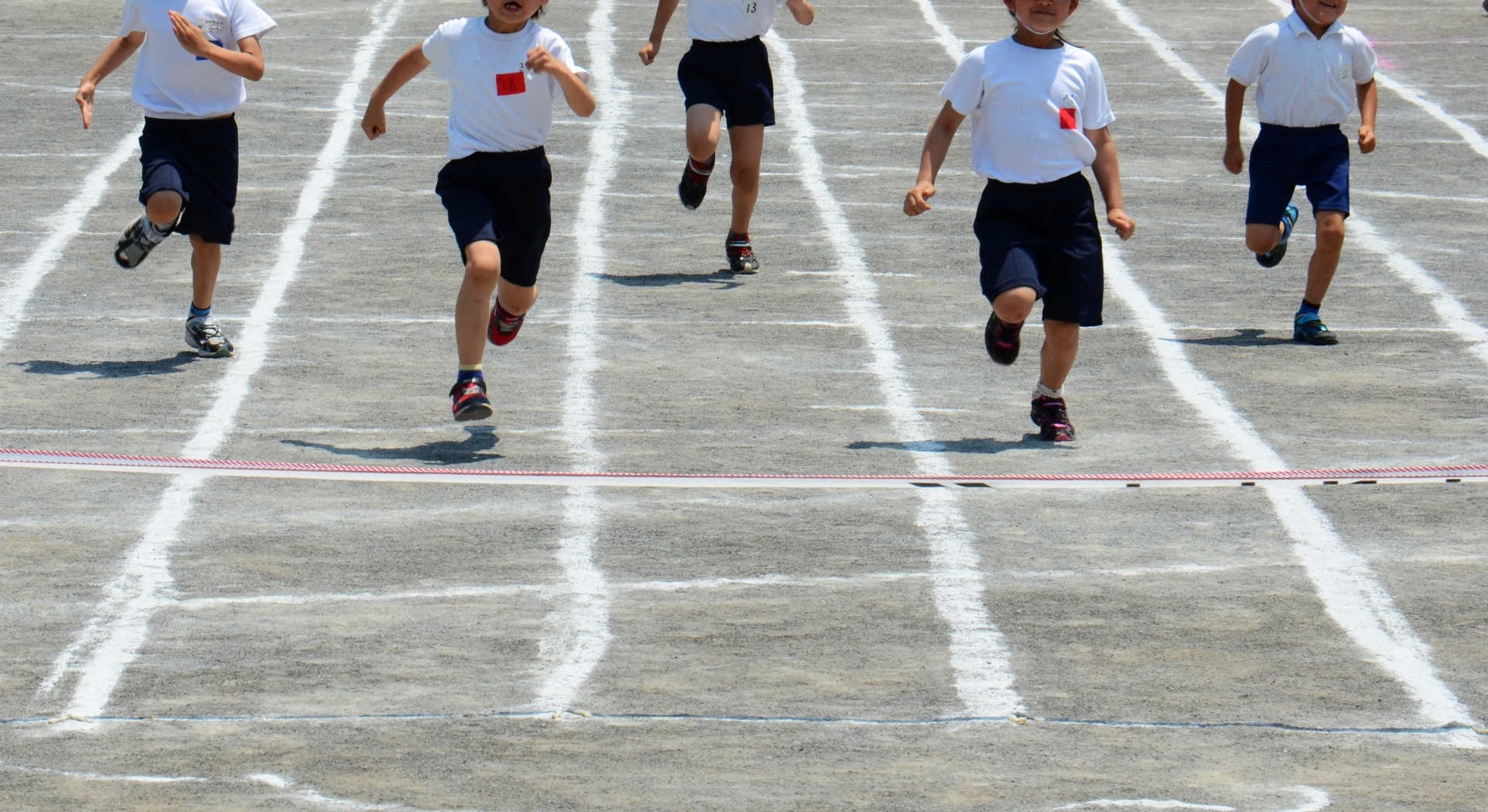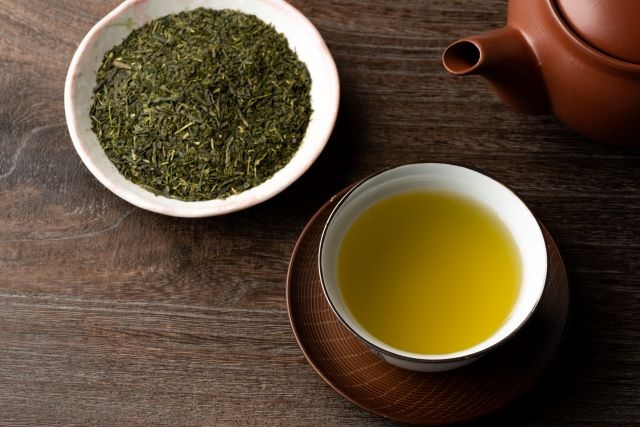Elementary schools in Japan hold a wide range of annual events for their students all year round. Sports Day, also known as “Undo-kai” (運動会) in Japanese, is a traditional annual event that is generally held in spring or fall. On Sports Day, all students participate in a variety of sports events such as relay and dance performances typically held on the school’s grounds.
They are grouped into two or more teams and compete with one another to win. It is a big day not only for students but also for their parents who bring big lunch boxes to school, cheer for their children and take memorable photos and videos of them. What kinds of events are held on Sports Day in Japan? When did the tradition start and why? Let’s learn a little bit more about Sports Day in Japan!
History of Sports Day in Japan
In 1874, The Imperial Japanese Naval College held a sports event that is similar to today’s Sports Day. At that time, The Japanese navy adopted a British-style education system and so this sports event was also proposed and started as part of physical and mental training by a British advisor named Archibald Lucius Douglas. He was officially hired by the Japanese government in 1873 and contributed to establishing the basis of the education system in the Imperial Japanese Navy. He is also known as a man who introduced soccer to Japan for the first time.
In the following years, more and more public schools across Japan started to hold Sports Days. The main purpose of holding a sports day was to promote the physical development of students. In 1885, Undokai was officially held at Tokyo University, one of the most prestigious universities in Japan, which was established in 1877.
It was during the Showa Period (1926 – 1989) that the culture of sports day started to spread across Japan. Many public elementary, junior high, and high schools started to officially add Sports Day on their school calendar.
1. Tug of War (綱引き)
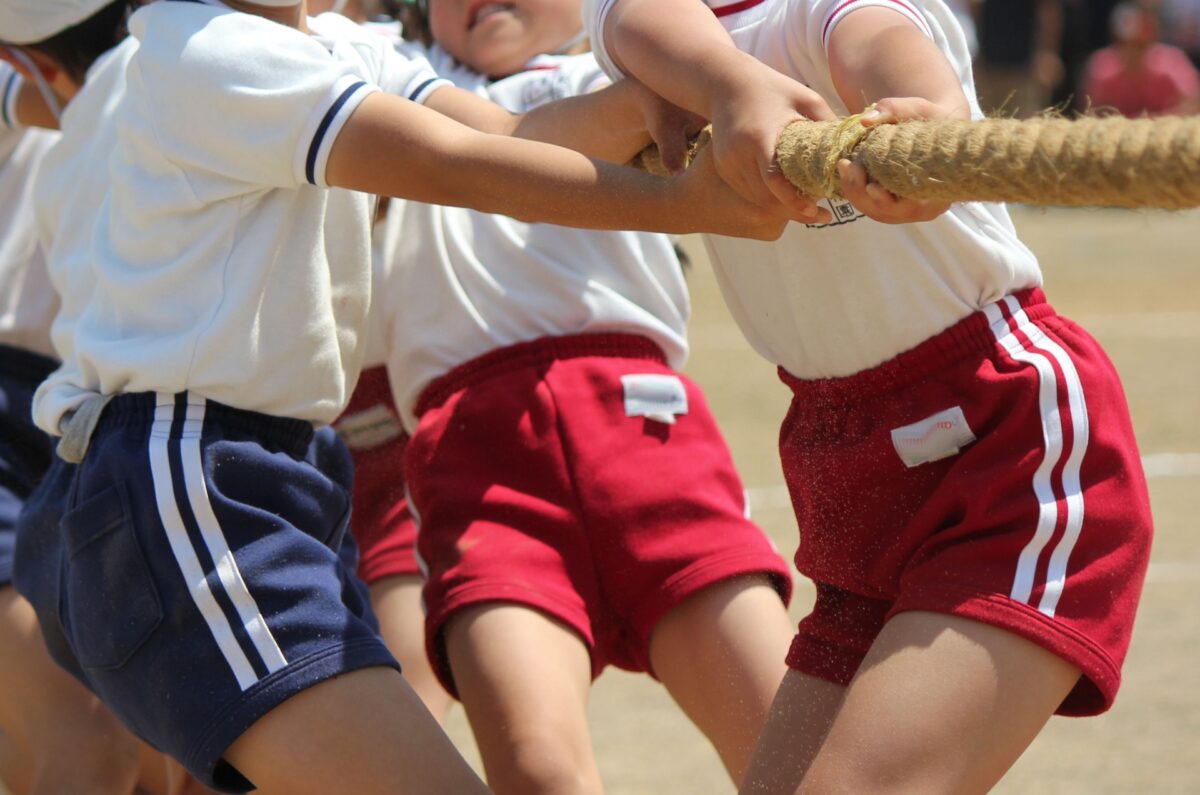
Tug of War (綱引き:Tsunahiki) is one of the most common Sports Day events. The rule is quite simple: students are split into two teams, and each team pulls a long rope from the opposite side. When either of the team crosses the white middle line on the ground, the team lose. Leaning your body in the opposite direction is a good strategy to put your weight on the rope, which does not allow the opponent to pull the rope to their side!
2. Relay Race (リレー)
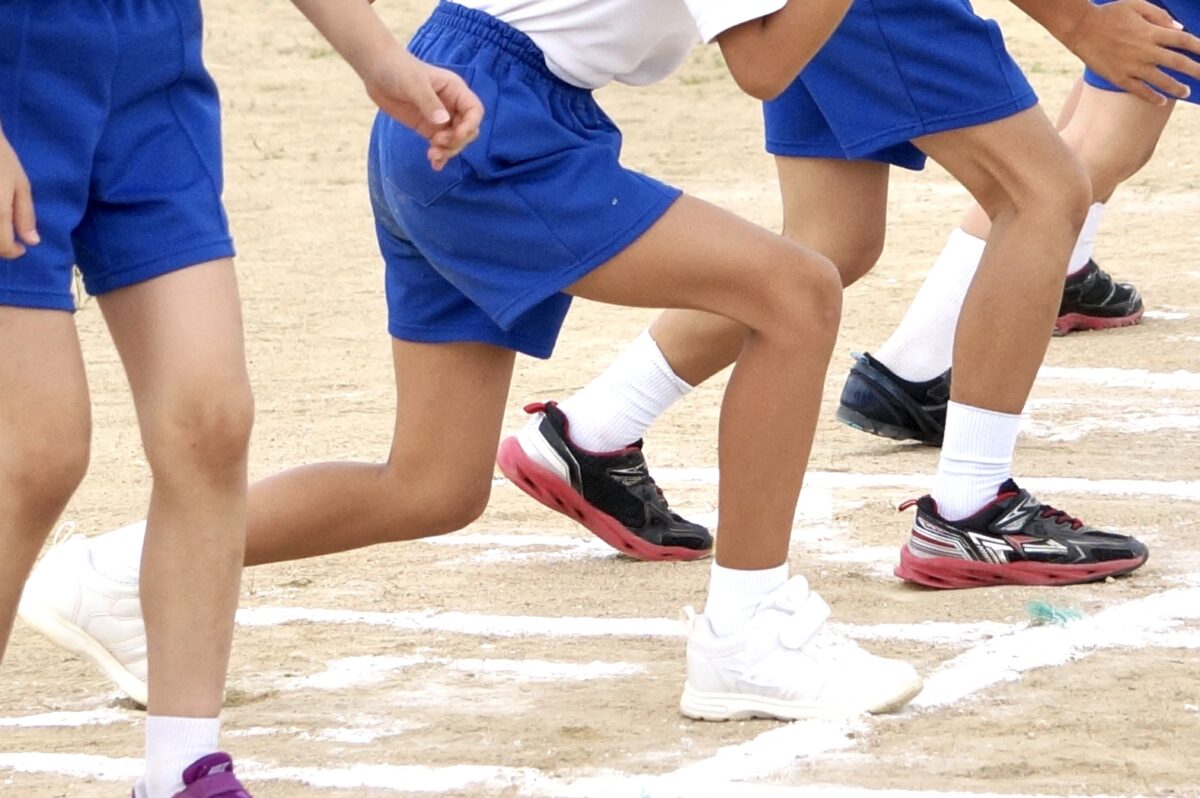
Just like in other countries, the relay race (リレー:Rirei) is extremely popular and is an exciting sports event on Sports Day in Japan! Several teams (typically from two to five) compete against one another at one time and the winning team gets the biggest point. Runners need to pass a baton in their team colors to the next runner. Runners are generally selected from each class, and not all students are required to participate in the relay, especially those who are not good at running fast. The relay race is quite popular and often held at the end part of Sports Day.
3. Obstacle Course (障害物競走)
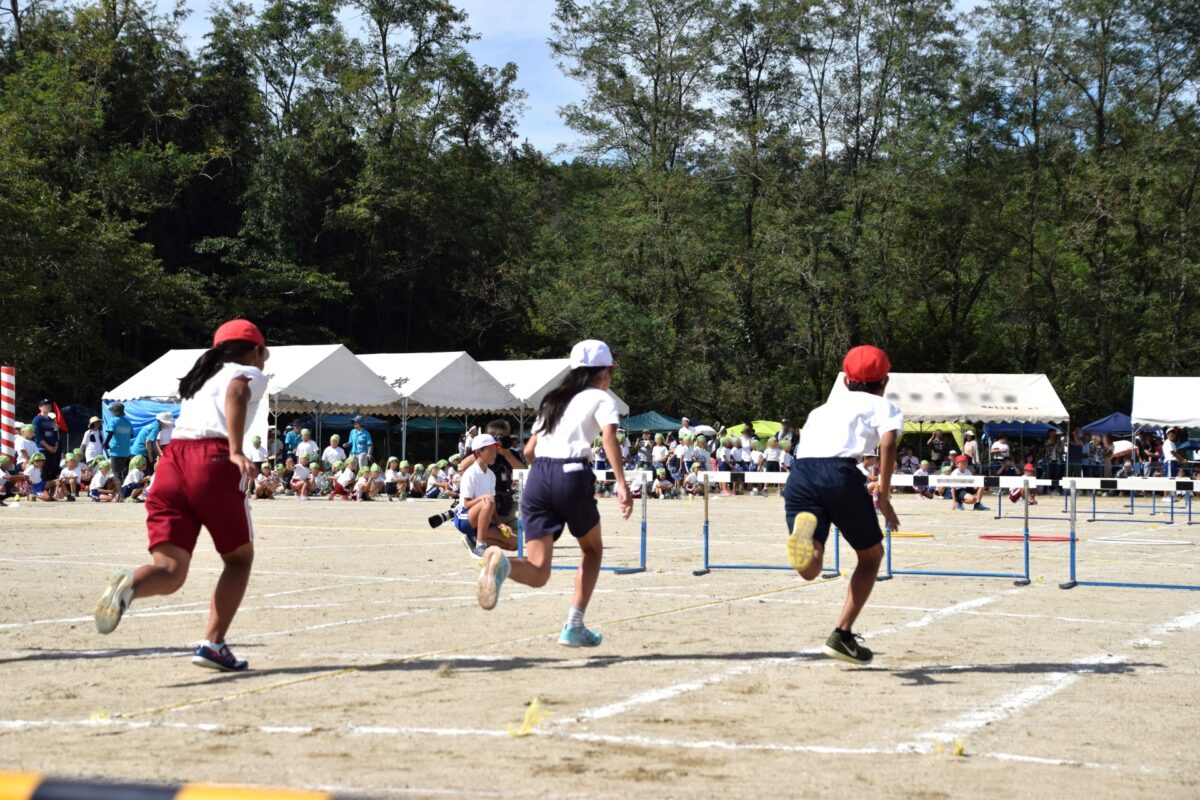
For Obstacle Course (障害物競争:Shogai-butsu-kyoso), participants need to run through a course that awaits them with challenging obstacles. It requires a variety of physical movements, including running, climbing, jumping, and even crawling sometimes. Therefore, it is not necessarily true that you can win even if you can faster than the other participants.
4. Oodama (大玉転がし)
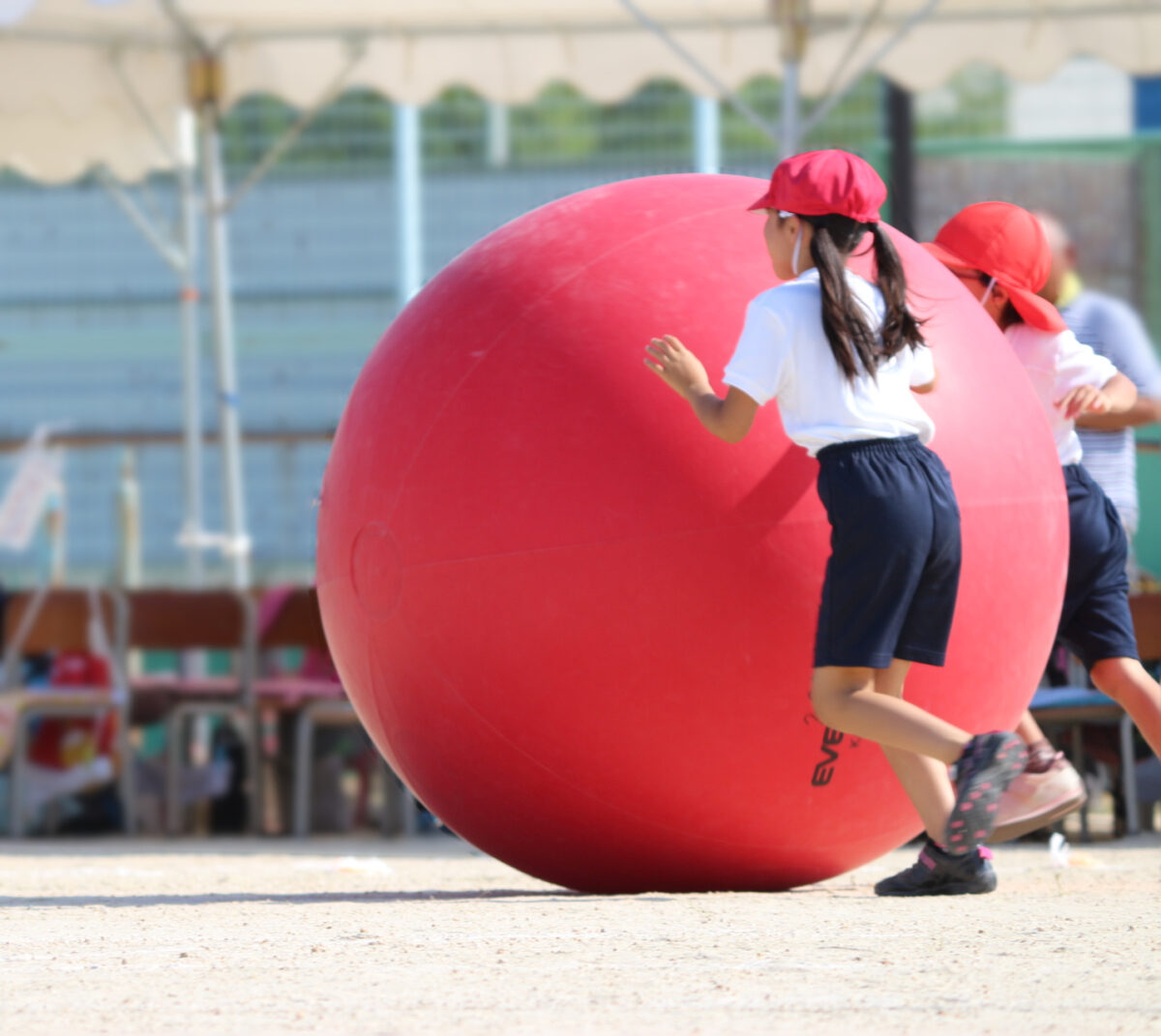
Oodama literally means a giant ball, and the event is basically a time-trial ball rolling race (大玉転がし:Oodama korogashi). Two teams compete against each other to carry a huge soft ball to the goal point. The ball should be carried above the participants’ heads with their hands. If they accidentally drop their ball on the ground, they have to start all over again from the starting point!
5. Kumitaiso (組体操)
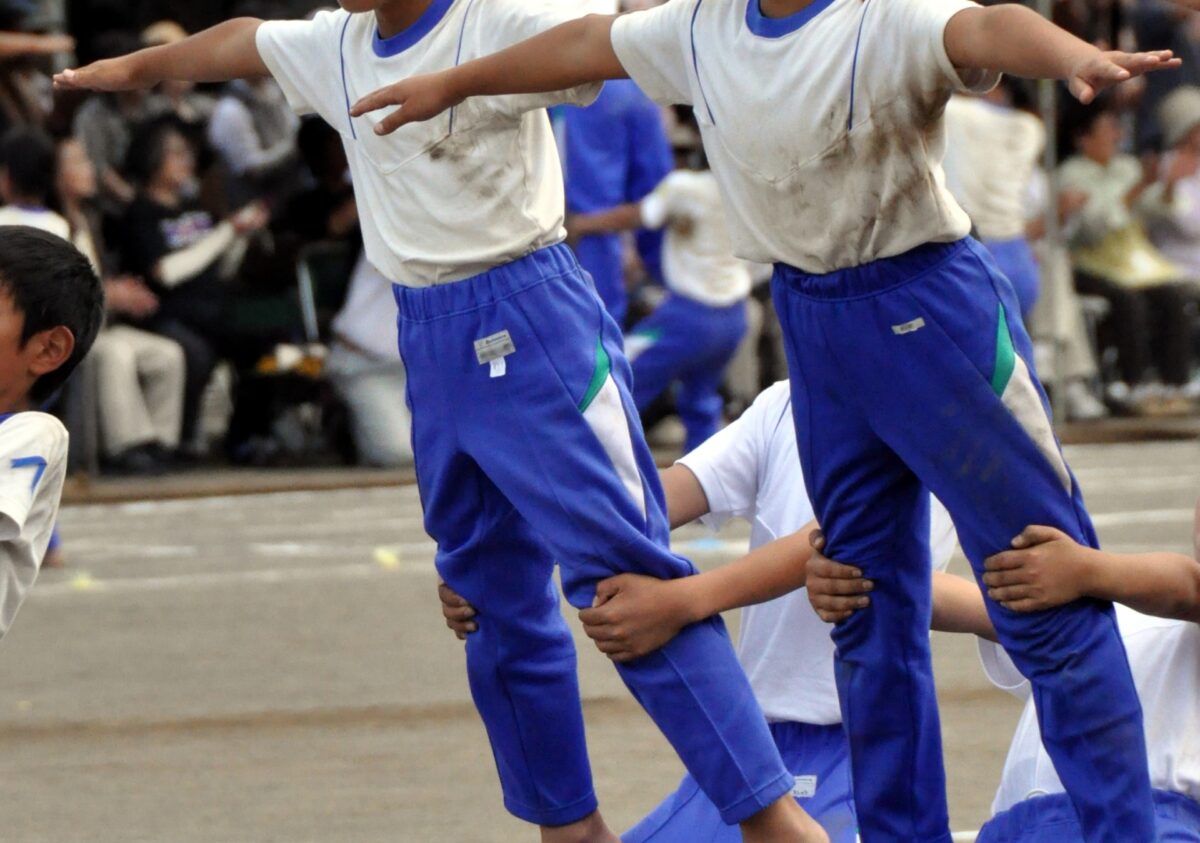
Kumitaiso (組体操) is rather a group performance than individual competition. Students work together as a team and create a variety of gymnastic formations with their bodies. “Human Pyramid” is a symbolic form that is typically made up of six to nine students. This may sound unfamiliar to people from western countries, as this event is unique to Japan and a few other Asian countries. In recent years, some people have pointed out the dangers of Kumitaiso, and some schools officially have excluded the event from the sports day for the sake of the safety of their students.
6. Dance (ダンス)
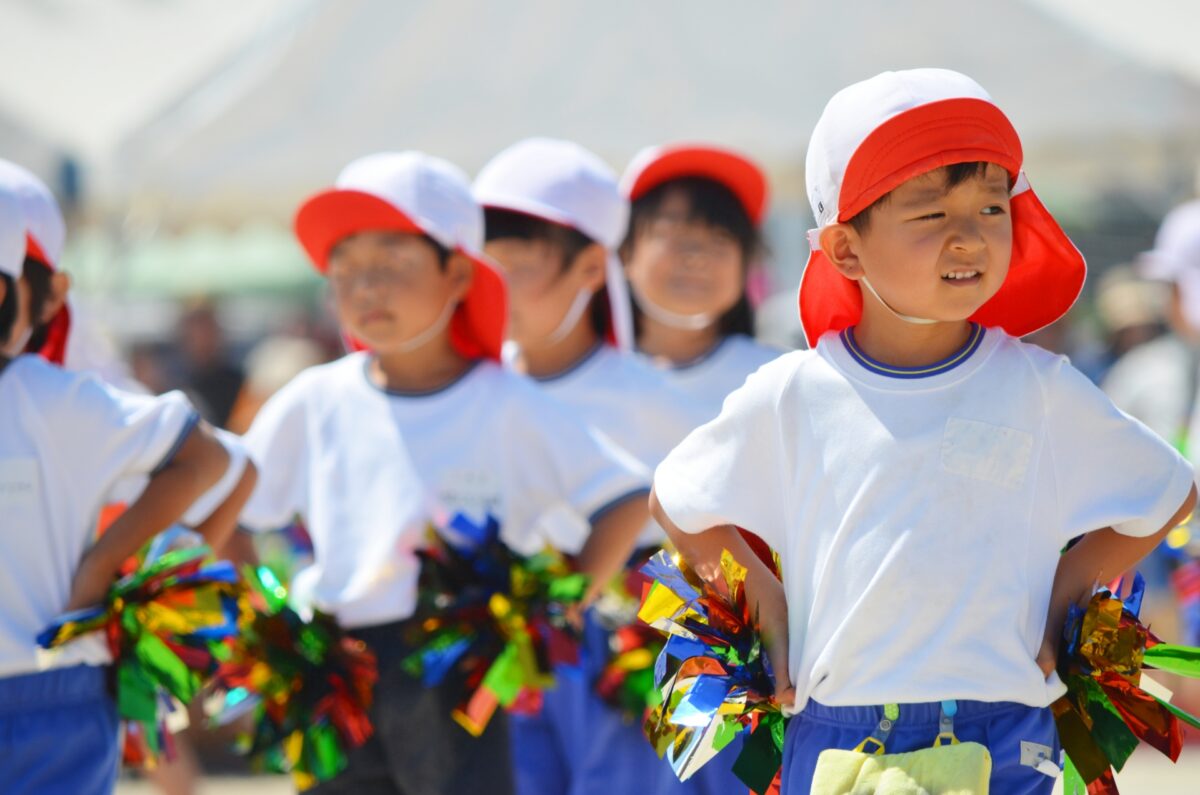
Dance is something that can’t be missed at any big event. On sports day in Japan, students perform dances in front of their families, teachers, and local people who gather to watch their performances. While traditional Japanese music (“Soran Bushi Dance” is probably the most famous one)is still used for dance performances throughout the country, some schools also choose the modern and latest hits which are popular among students. It is the perfect time for parents to shoot memorable videos of their children dancing with their friends and classmates!
7. Tamaire (Beanbag toss, 玉入れ)
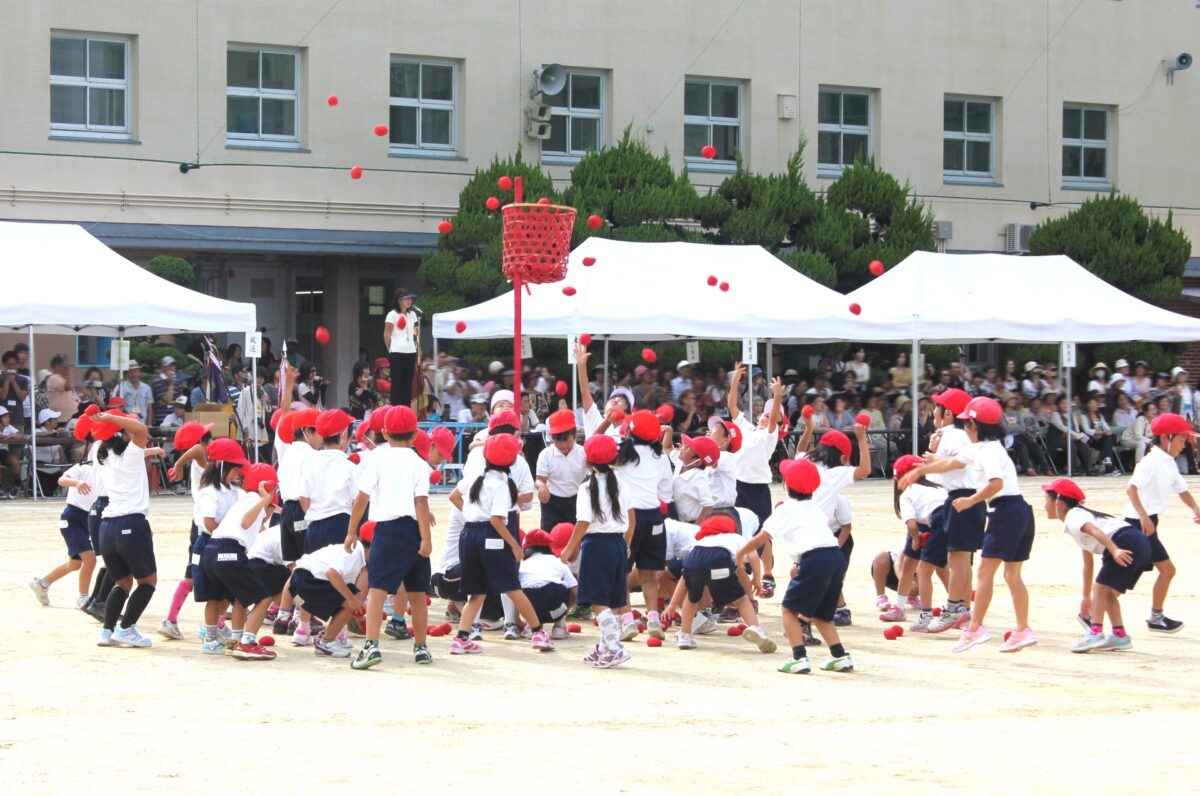
Tamaire (玉入れ) translates “Beanbag toss”, and as the name implies, it is an exciting game where students throw small beanbags into a basket hung at the top of a tall pole. Beanbags are scatted on the ground around the pole, and each bag has the color of its team, typically red or white. Teams compete against each other based on the number of beanbags in the basket. There is a time limit, and the beanbags thrown into the basket after the time ends are not worth any points.
8. Kibasen (Mock cavalry battle, 騎馬戦)
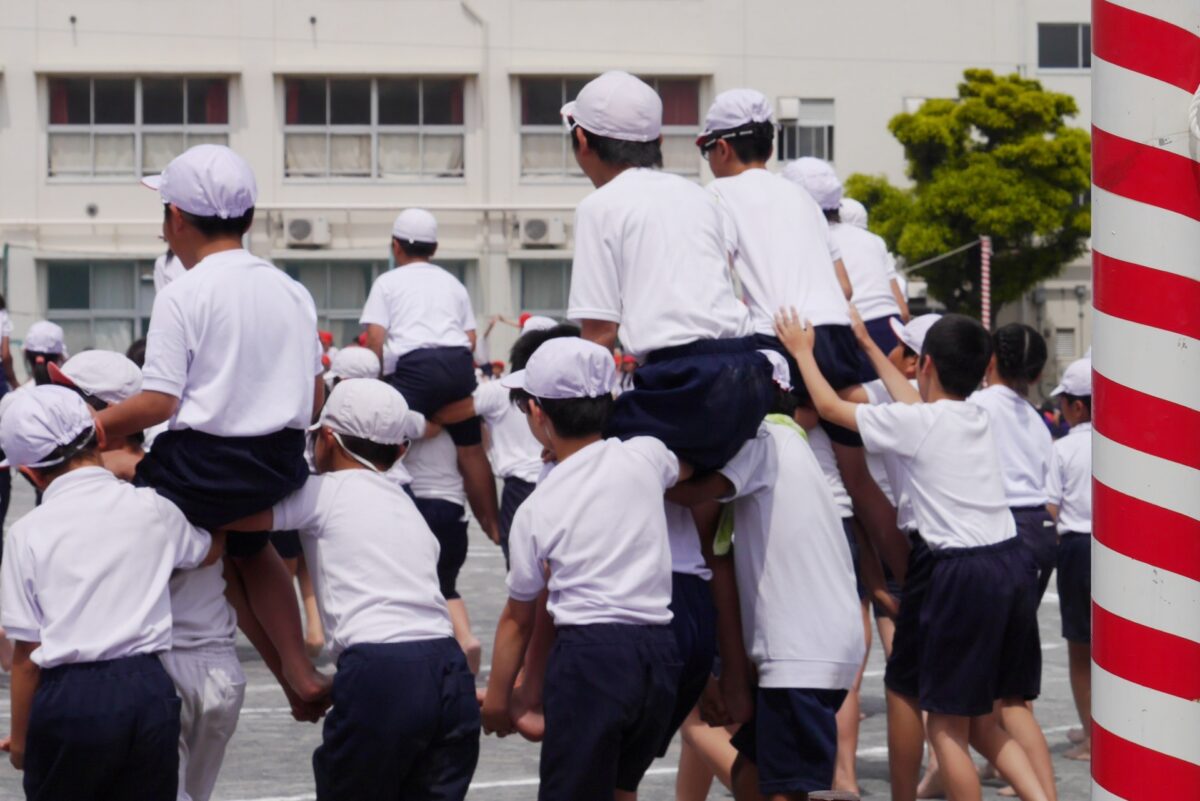
Kibasen (騎馬戦) is one of the most exciting events for people from other countries to watch on Sports Day in Japan. Kiba means cavalry, and Sen means a battle. In the Kibasen games, four students work together as a team. Three of them hold up one student (who is typically a leader of the team) like a horse, and chase the leaders of the opponent team to take off their Hachimaki (はちまき). Hachimaki is a headband that has a team color and is tied around the forehead of leaders riding on the top of the horses. Either team which gets more headbands within the time limit wins the game.
Sports Day at elementary schools in Japan is not only for promoting physical activities and healthy development of children but also gives them a great opportunity to learn the importance of teamwork, working with others, and achieving challenging goals together.
Follow us on Instagram, Facebook, and Twitter for more travel inspiration. Or tag us to get featured!
Happy traveling!
Some other articles you may be interested in

Miho Shimizu is a Japanese freelance writer settled in Shizuoka with her husband and two rabbits. Fascinated with traveling at the age of 18, she has spent most of her long holidays exploring incredible spots around Japan. Also love to listen to music, draw, and read novels over a cup of green tea.
This post may contain some affiliate links. When you click through and make a purchase we may receive some commission, at no extra cost to you.
